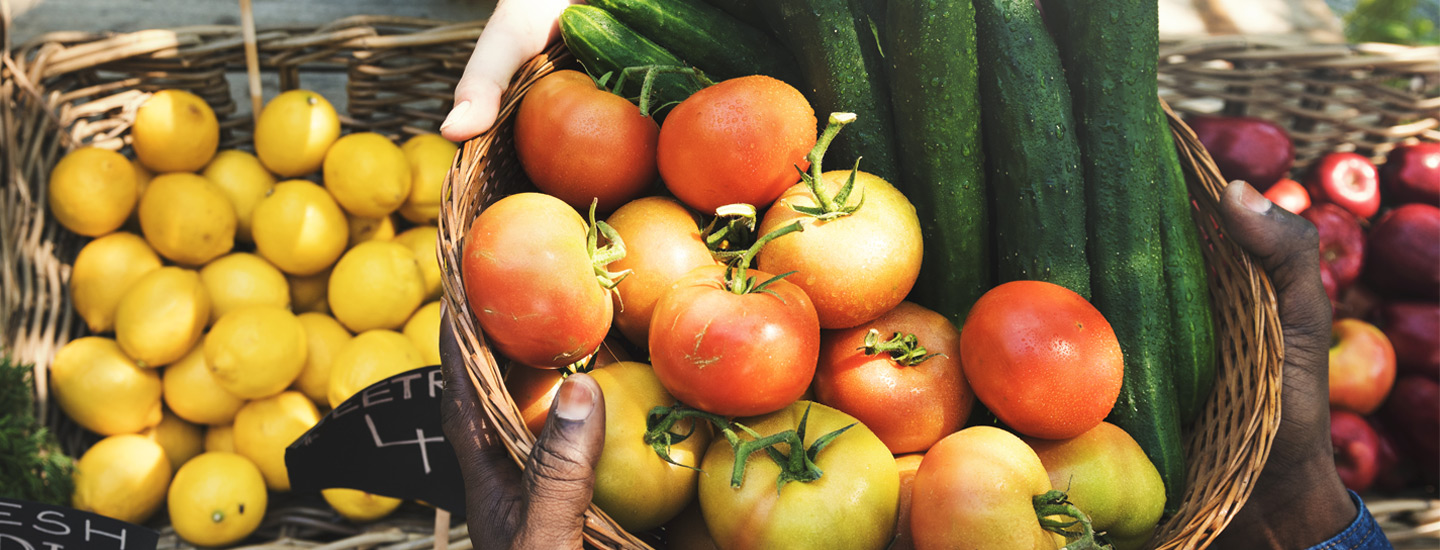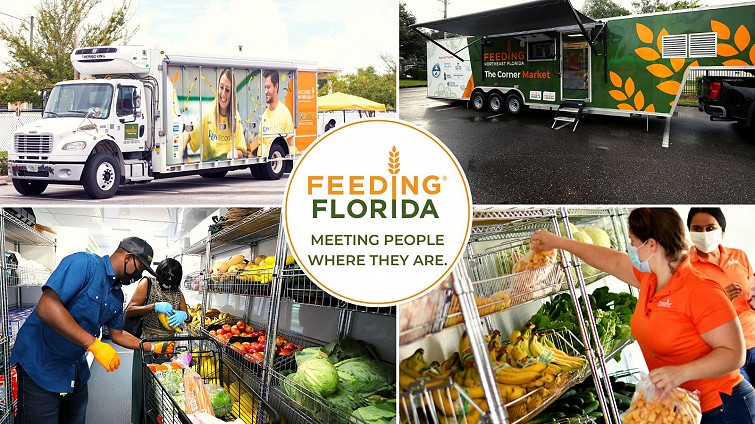Did you know that rural communities make up 63% of all communities in the U.S.? Individuals living in rural areas experience a unique set of hardships, such as lack of food access, at higher rates than people in urban areas. This is why the Feeding Florida network is dedicated to reaching all communities throughout Florida’s 67 counties, not just the more suburban areas.
People experiencing hunger in rural areas often lack access to grocery stores and public transportation, making it difficult to reach a retailer that supplies fresh produce and nutritious food. Many of these rural areas fall into the category of “food deserts”, defined by the USDA as ‘low-income census tracts with a substantial number or share of residents with low levels of access to retail outlets selling healthy and affordable foods.’
Living in a food desert may lead to making unhealthy food choices, forcing an individual or family to purchase food from wherever is most convenient and most affordable. Access to food is key – our food banks strive to provide fresh, local produce and more nutritious food options in rural communities in order to combat hunger in these areas.
One of the solutions Feeding Florida’s food banks have turned to is the Mobile Pantry Program, which directly serves clients in areas of high need to supplement other hunger-relief agencies in that area. Through a Mobile Pantry, a truckload of food is distributed to clients in pre-packed boxes or through a farmers’ market-style distribution where clients choose to take what they need. Several Feeding Florida food banks have expanded their mobile pantry programs and mobile grocery stores to fill gaps in their network of partner agencies, including more rural or less populated areas.
The expansion of this program allows the food banks to ensure more of their clients have proper access to food sources when they can’t access a local food pantry. Some examples of our network food banks utilizing mobile pantries to reach Floridians everywhere include Feeding Tampa Bay’s Groceries on the Go, Feeding Northeast Florida’s Corner Market, and Feeding South Florida’s Mobile Farmacy.
Another way our network serves rural areas is through our Fresh Access Bucks (FAB) program. There are 32 counties and 4 communities in Florida that are identified by the state as Rural Areas of Opportunity. Currently, FAB operates in three of those areas, including Legrand Caribbean Market, a community grocery store in Immokalee, FL. The FAB program expands the spending power of SNAP participants, increasing their access to fresh fruits and vegetables by matching every $1 spent in SNAP with a $1 in Fresh Access Bucks at these partner locations. FAB hopes to expand into more rural communities over the next 4 years and will also continuously update their decision matrix to help identify areas of high need and potential partners in those areas, including rural partners.
When food insecure Floridians can’t make it to one of our 12 network food banks or our 2,400 partner agencies, the Feeding Florida network makes sure to meet them where they are.


